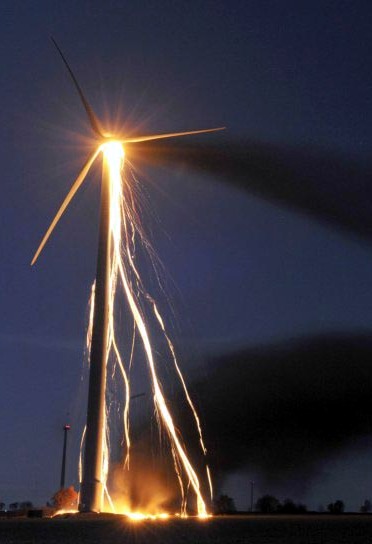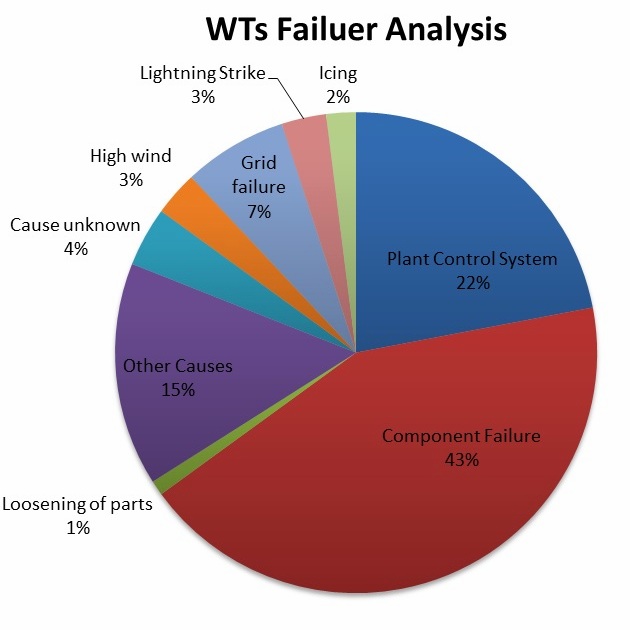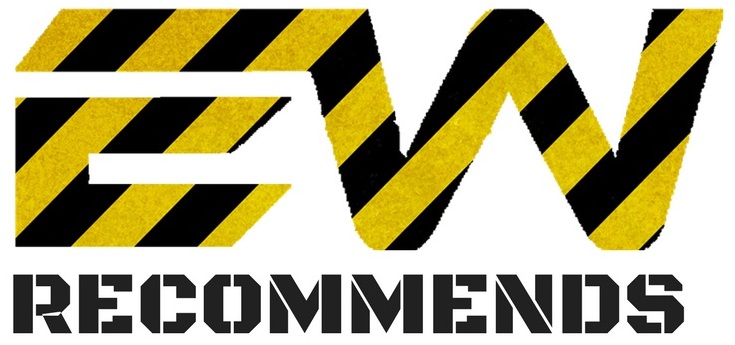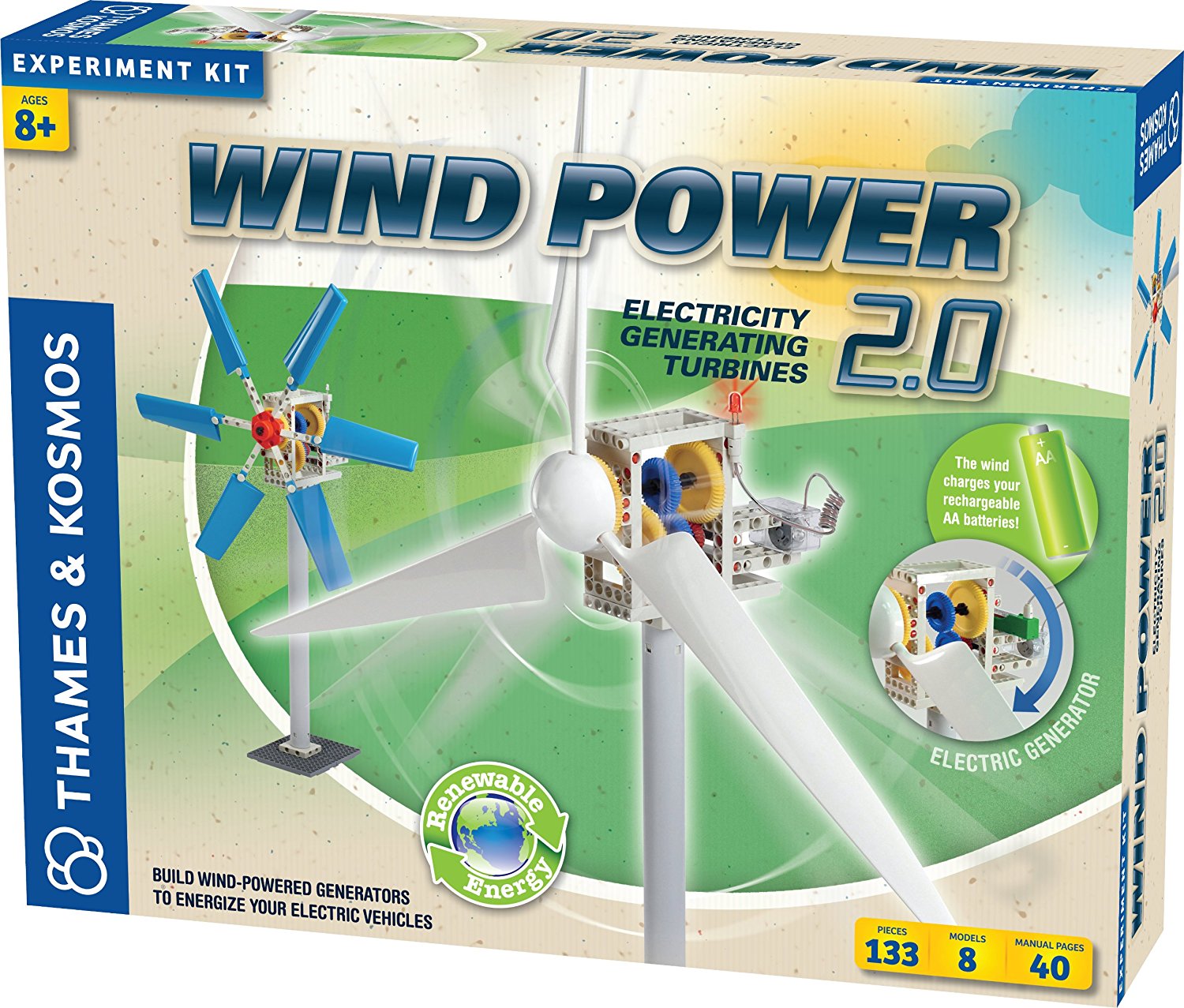Why Do Wind Turbines Fail?
Like any piece of complex machinery operating under stress, wind turbines can fail. They break. They develop faults. And without the right care and protection policy in place, the resultant claim can quickly spiral out of control . Nearly 120 wind turbines catch fire each year, according to a research – more ten times the number reported by the industry in general. The researchers claim that out of 200,000 turbines around the world, 117 fires take place annually – far more than what is reported by wind farm companies.
By comparison, with other energy industries, fire accidents are much less frequent in wind turbines than other sectors such as oil and gas, which globally has thousands of fire accidents per year.However, fire accidents can have a considerable economic impact on the wind farm industry, says research. Each wind turbine costs in excess of £2 million and generates an estimated income of more than £500,000 per year.Any loss or downtime of these valuable assets makes the industry less viable and productive. For the owner and investor, this can lead to lost revenue and operational

downtime; at worse , it means absorbing an increasingly daunting repair bill. Any loss or downtime of these valuable assets makes the industry less viable and productive.
The following is WTs failure statistics from Germany based on 1261 reported cases :



Solution to the problem?
The researchers make a number of recommendations to reduce fire incidents in wind farms.
Dr Guillermo Rein, from the Department of Mechanical Engineering at Imperial College London, says: “Wind turbines are viable sources of renewable energy that can assist the world to reduce emissions and help wean us off fossil fuels. However, fires are a problem for the industry, impacting on energy production, economic output and emitting toxic fumes. This could cast a shadow over the industry’s green credentials. Worryingly our report shows that fire may be a bigger problem than what is currently reported. Our research outlines a number of strategies that can be adopted by the industry to make these wind turbines safer and more fire resistant in the future.”
Measures may include using non-combustible hydraulic and lubricant oils and building heat barriers to protect combustible materials. Manufacturers are also advised to avoid using combustible insulating materials. And to apply new monitoring systems to constantly check the condition of machinery so that maintenance work can be carried out in a timely way.
The researchers also suggest a number of “active” fire protection measures that can be used to stop a fire before it takes hold or gets out of control. These include smoke alarm systems inside the turbine, so that fire safety authorities can be alerted rapidly. The team also suggest suppression systems that quickly douse the flames in water or foam.
In the future, the team aim to study the impact of fire in other renewable energy technologies such as solar panels.


